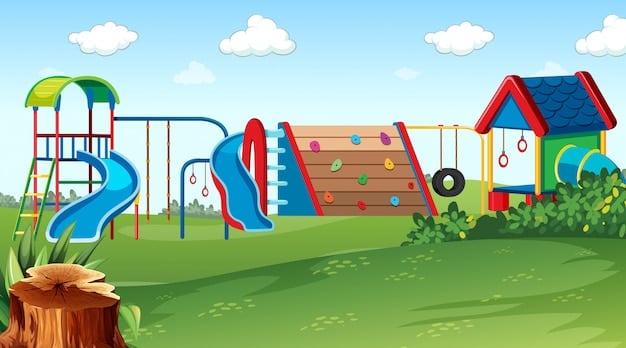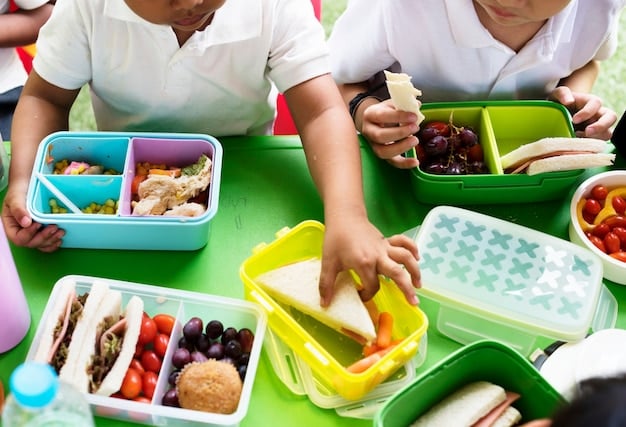Resources for Managing Behaviors
These resources are typically used with children diagnosed with ADHD or Autism but can also help to support children not yet diagnosed, those dealing with anxiety, children with sensory processing disorders, and really any child who is struggling at any time. They are super easy to make and can provide children with a way to focus, calm, and stay on task. If you want to learn more, check out H&H Child Care Training Center's courses Seeing All of Me: Autism & ADHD Overview or What Makes Me Special.
First-Then
A First/Then Card is a visual display showing the order of two activities from left to right. The visual of the activity that is going to happen first is Velcro’d to the spot on the left and the visual of the activity that is going to happen second is Velcro’d to the spot on the right. This visual is shown to the child to help them understand that the second activity will happen once the first one is finished. First/Then cards can be used for a variety of purposes, including helping a child wait for a preferred activity. Many children with autism need to see this information visually to understand when they will get what they want and wait calmly for it.
First
Then


Break Card
Break cards are a way for a child to request a break from an activity, task, or person. They can be used with children who need, but may not ask for, a break or those who get easily frustrated, bored, or anxious. These cards allow the child to take breaks that focus or calm them. They may choose to go to a calm-down space for their break or use a calming sensory device.
Children can use the card to ask for a break by:
- touching or pointing to the card.
- handing the card to the teacher.
- placing the card on a marked spot on the desk or a token board.
- holding the card up.
Behavior Cue Cards
Behavior cue cards are used to visually reinforce verbal directions, or as nonverbal reminders.
They allow for smooth reminders without interrupting class routines. Cue cards can include reminders such as:
- Listening ears
- Eyes looking
- Hands to self/ quiet hands
- Body still (criss-cross)
- Quiet feet
- Raise Hand
- Wait
- Line up
- Good choice
- Clean up
- CDA Bridge Bundle: Infant/Toddler without Portfolio Review
- Birth to Five CDA Credential with Portfolio Review
- Seeing All of Me: Overview of Autism and ADHD
- What Makes Me Special: An Overview of Autism and ADHD
- CDA Bridge Bundle: Preschool without Portfolio Review
- CDA Bridge Bundle: Family Child Care without Portfolio Review
- CDA Family Child Care Credential with Portfolio Review
- Understanding Why Toddlers Bite
- How To Manage Temper Tantrums
- Child care education
- Understanding Oppositional Defiant Disorder (ODD) in the Context of Child Care Providers
- Managing Behaviors in the Early Childhood Education Classroom
- Creating a Positive Learning Environment
- Preparing Your Child for a New School Year: Social Skills and Independence
- Best Practices for Classroom Technology Integration, Screen Time Management, and Online Safety
- Surviving Toddler Tantrums: A Guide for Parents Who Secretly Wonder If Their Kids Have a Future in Drama
- The ABCs of ECE: Why Childcare Education Courses Are the Ultimate Parenting Hack
- How to Manage a Classroom with Multiple Age Groups
- The Importance of Trauma-Informed Care in Early Childhood Education
- How to Support Children with Challenging Behaviors
- You Won't Believe These 7 Must-Have Skills for Childcare Providers!
- Top Free Online Childcare Courses That Will Jumpstart Your Career in Education
- 🧩 Early Signs of Autism in Toddlers — What to Watch For 👀
- 🧩 How Do I Support a Student with Autism While Managing Classroom Behavior and Learning? 💕
- 👶 What Child-to-Staff Ratios and Group Sizes Are Required in North Dakota Childcare? 🏫